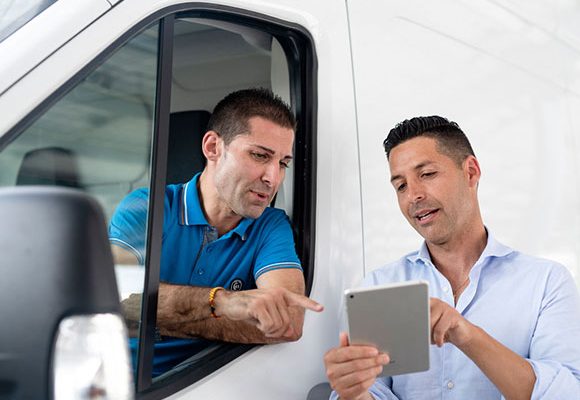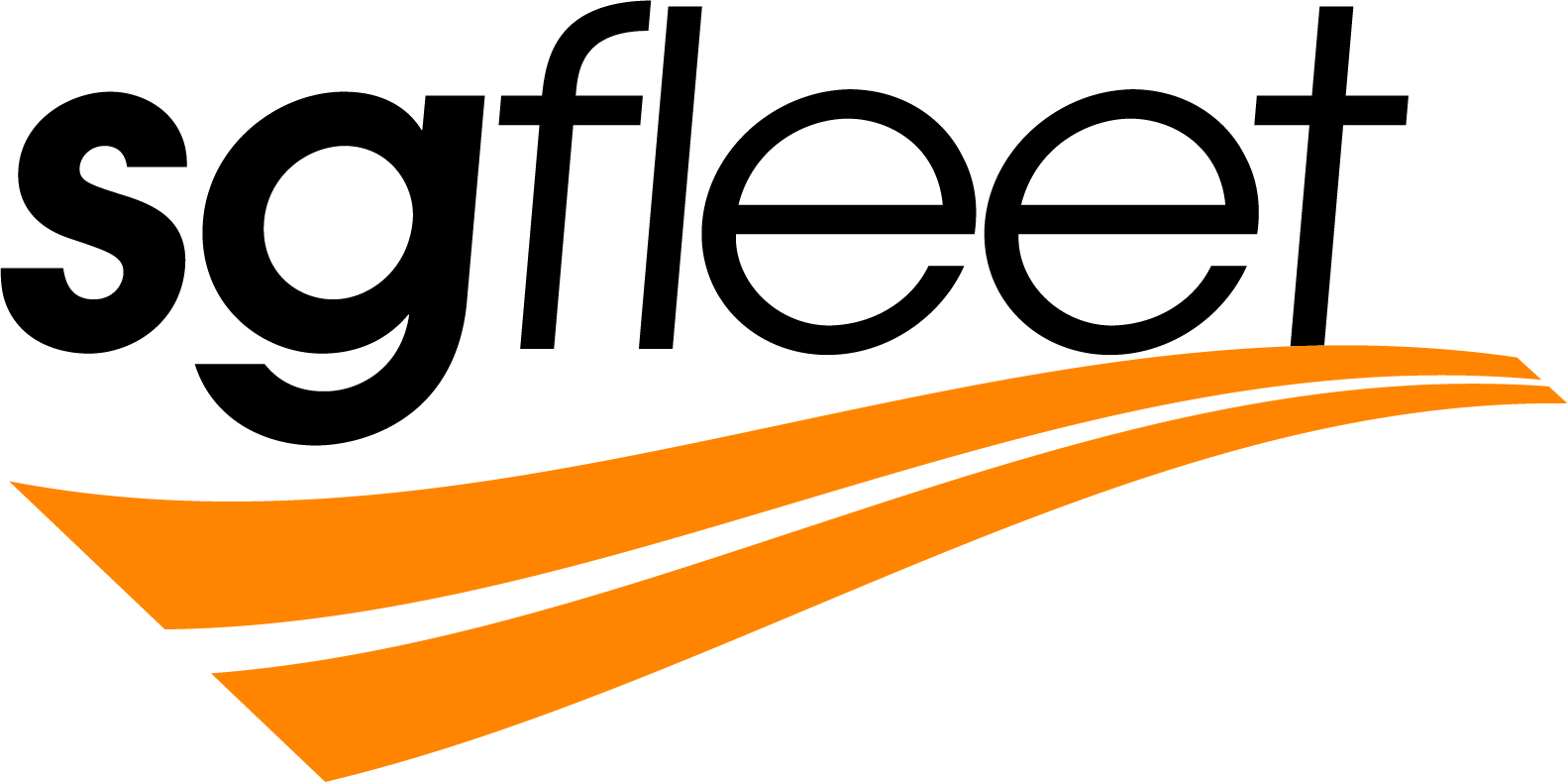
Why you need, and can’t ignore, telematics
For your fleetTelematics is, essentially, the merging of telecommunications, data and computing. It’s the backbone of the technology found in almost every new motor vehicle that hits the road today – gadgets like GPS monitoring, in-car navigation (think Google Maps), smartphone integration and driver-assist technology (reverse sensors, collision warning systems and so on).
At a fleet management level, telematics goes way beyond the capability of your everyday passenger vehicle. Telematics devices record the distance driven, the number of trips a vehicle does in a day, the location of the vehicle, the various speeds of a vehicle, and information about individual driving practices like cornering, braking and acceleration techniques (for assessing fuel consumption). All of this information is fed back to a control unit, which a fleet manager or a team will access and draw conclusions from the data.
The findings taken from an analysis of telematics inform a range of big picture and ‘everyday’ decisions (e.g. vehicle turnover, maintenance scheduling, route planning, driver fatigue management and other OH&S obligations) providing customers with more accurate fulfilment estimates, as well as a host of other areas to improve fleet efficiency, strategic planning processes and driver management.
Telematics removes the countless spreadsheets and painstaking reporting that is part-and-parcel of fleet management. It also makes tracking invoices for items like fuel, tyres and other necessary mechanical work much easier to monitor. Furthermore, it takes away the guesswork associated with scheduled maintenance, saving dollars over the long-term by identifying mechanical problems early.
A case for telematics: Sydney Water
It’s taken Sydney Water close to a decade to completely integrate telematics across its vehicle and plant fleet. While that may sound like a long time, it’s a process that John Little, Fleet Manager at Sydney Water – and the man responsible for a fleet worth more than $70 million dollars – embraced to make sure the telematics package they implemented was the right one for their business, as well as managing staff concerns along the way.
John first dipped his toes into the telematics waters back in 2010 when looking to improve the overall efficiency of Sydney Water’s fleet. To begin with, he embarked on an information-gathering journey, what he describes as, “looking at some basic devices and what they could do for the fleet, and just keeping across what the industry was doing with the technology.”
By 2014, Sydney Water arrived at their next step in the process: an initial roll-out and trial across a small percentage of their fleet. As time progressed and data accumulated, John was able to put together a business case for implementing telematics across their entire fleet. As a result, the organisation invested considerable time and money fitting telematics devices to all of their vehicles across 2019.
John’s business case came based on three important aspects: safety, security and utilisation. As he explains:
“Safety is about the safety of the staff in our vehicles and their own driving behaviour. Being more aware of that then improves their safety and the safety of the public.”
“In terms of security, we’ve got about $70 million dollars’ worth of fleet and major assets on the ground so, if something gets stolen, for example, our GPS system will know exactly where it is.”
“And then, obviously, there’s efficiency: can we improve our spend on fuel and maintenance by driving our vehicles better? Can we identify surplus vehicles that aren’t getting driven as much as they should and, therefore, drop them out of the fleet and reduce the overall fleet number from that perspective?”
The people side of the telematics implementation posed a number of challenges for Sydney Water. With new technology came a number of questions and concerns to ensure the information would be used in the right way, and still focus on the workforce and operational delivery. However, John believes that transparency, sound change management practices and policy creation helped bring the majority of staff onboard.
“It’s more around how we use the data rather than having the technology in the vehicles,” he explains. “We established a policy that clearly states what our telematics should be used for, and shouldn’t be used for, and same with our procedure.”
“I did a lot of stakeholder engagement on the change management front; engaging team managers and saying, ‘This is what [the telematics is] for’. Don’t sit there and watch the vehicles running around the screen and discipline someone when you see something wrong – if you see it, act on it straight away, talk to your teams and raise awareness and education.”
John readily admits it’s too early to discuss any concrete findings and improvements the implementation of telematics has delivered. Effectively, Sydney Water’s fleet has only been completely telematics-ready since December 2019.
“The entire fleet’s more than 800 vehicles,” says John.” It was a fair few to put in. I’ve got some indicators on where I need to focus my attention, and I think that’ll happen in this first half of the year [2020]”.
Regardless of the infancy of the roll-out, John already has some solid advice for fleet managers who may be starting down the telematics path.
Make sure the technology can do everything that you want it to do
“Make sure the technology can do everything that you want it to do,” he begins. “Understand from the start why you want telematics. The main reason we implemented it is because, having done this this role for a while, I know we’ve got vehicles that are underutilised; I know we’ve got poor driving behaviours given the customer complaints I get; I know the cost savings we could get; and I had an idea about some safety improvements to be made. So, make sure you actually know what the need is for your fleet before you start the journey.”
He also believes that identifying the right technology platform is vital: “Keep it simple. Make sure it’s a product that works really well, and make sure you’re not dealing with three or four different parties. We work in with SG Fleet because they already have our data, so that was a head start.”
“Then, change management and engagement,” he concludes. “Be absolutely sure you’ve covered every avenue, asked every question and answered every query before you put the first devices in.”
Start a discussion with SG Fleet today about telematics for your organisation.
 Driving Insights
Driving Insights



